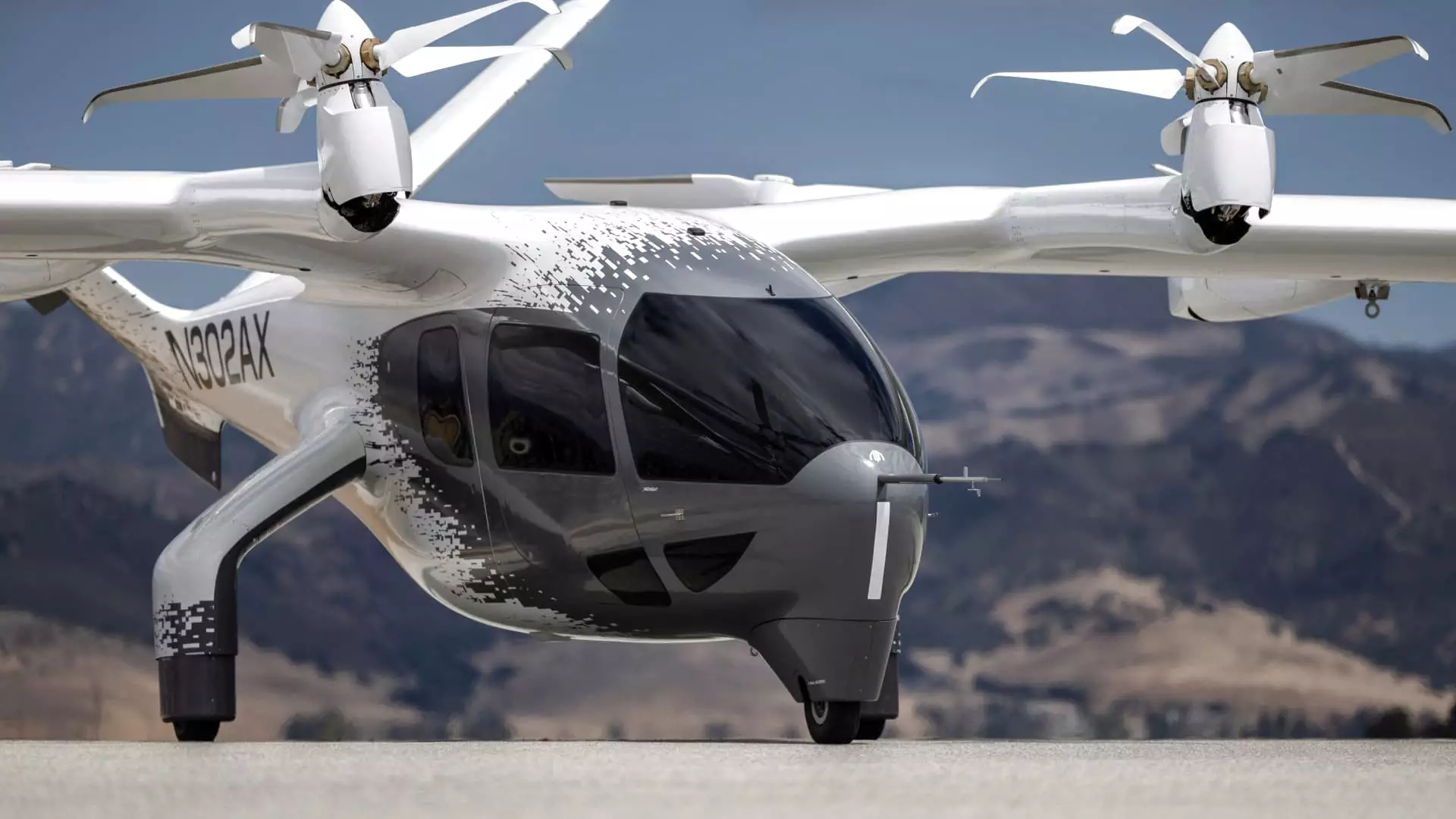Archer Aviation, a key player in the development of electric vertical takeoff and landing aircraft (eVTOLs), recently achieved a significant milestone with the Federal Aviation Administration (FAA) granting them a Part 135 certification. This certification allows the company to operate as an airline and carry passengers, bringing them one step closer to making electric air taxis a reality. With increasing interest and investments in eVTOL technology from major carriers like United Airlines, the potential for reducing carbon emissions and transforming urban transportation is becoming more tangible.
Archer’s CEO, Adam Goldstein, highlighted the rigorous process that the company underwent to obtain the Part 135 certification, involving the submission of over 2,000 pages of documents and 14 manuals detailing operational procedures, training, and maintenance. This two-year process reflects the company’s commitment to safety and regulatory compliance as they work towards getting their four-passenger eVTOL aircraft, named “Midnight,” certified by the FAA. The successful completion of this step could see the air taxis in service as early as next year, revolutionizing the way passengers travel within major cities.
United Airlines, a strategic partner of Archer Aviation, is actively engaged in exploring the integration of electric aircraft into their operations, especially for routes connecting city centers to airport hubs. Andrew Chang, managing director of United Airlines’ venture arm, emphasized the need for close collaboration between the two companies to address operational challenges and ensure a seamless transition to incorporating eVTOLs into their fleet. Additionally, Archer’s partnership with automaker Stellantis to scale up production of electric air taxis demonstrates a multi-industry approach to driving innovation and sustainability in the aviation sector.
Archer Aviation’s progress in obtaining certification and partnering with key stakeholders aligns with a broader trend in the eVTOL industry, where companies like Joby Aviation are also making significant advancements. Joby Aviation, which received its Part 135 certificate two years ago and has forged partnerships with entities like the U.S. Air Force and Delta Air Lines, exemplifies the growing competition and collaboration within the sector. Moreover, Joby’s recent announcement about acquiring the autonomy division of Xwing underscores the rapid evolution of technology and the importance of autonomous capabilities in the future of air transportation.
As Archer Aviation continues to navigate the complex regulatory landscape and operational requirements associated with commercializing eVTOLs, the company faces both challenges and opportunities in shaping the future of electric air taxis. Balancing technological advancements, safety considerations, and market demand will be critical for achieving widespread adoption and acceptance of these futuristic aircraft. Furthermore, ensuring scalability, reliability, and cost-effectiveness will determine the long-term viability of eVTOLs as a sustainable mode of transportation in urban environments.
Archer Aviation’s recent certification milestone marks a significant step forward in the journey towards realizing the potential of electric air taxis. By obtaining regulatory approval, forging strategic partnerships, and addressing operational complexities, the company is positioning itself at the forefront of innovation in the aviation industry. As electric aircraft become increasingly integrated into existing transportation systems, the future of urban mobility is poised to undergo a transformative shift towards a more sustainable and efficient mode of travel.

